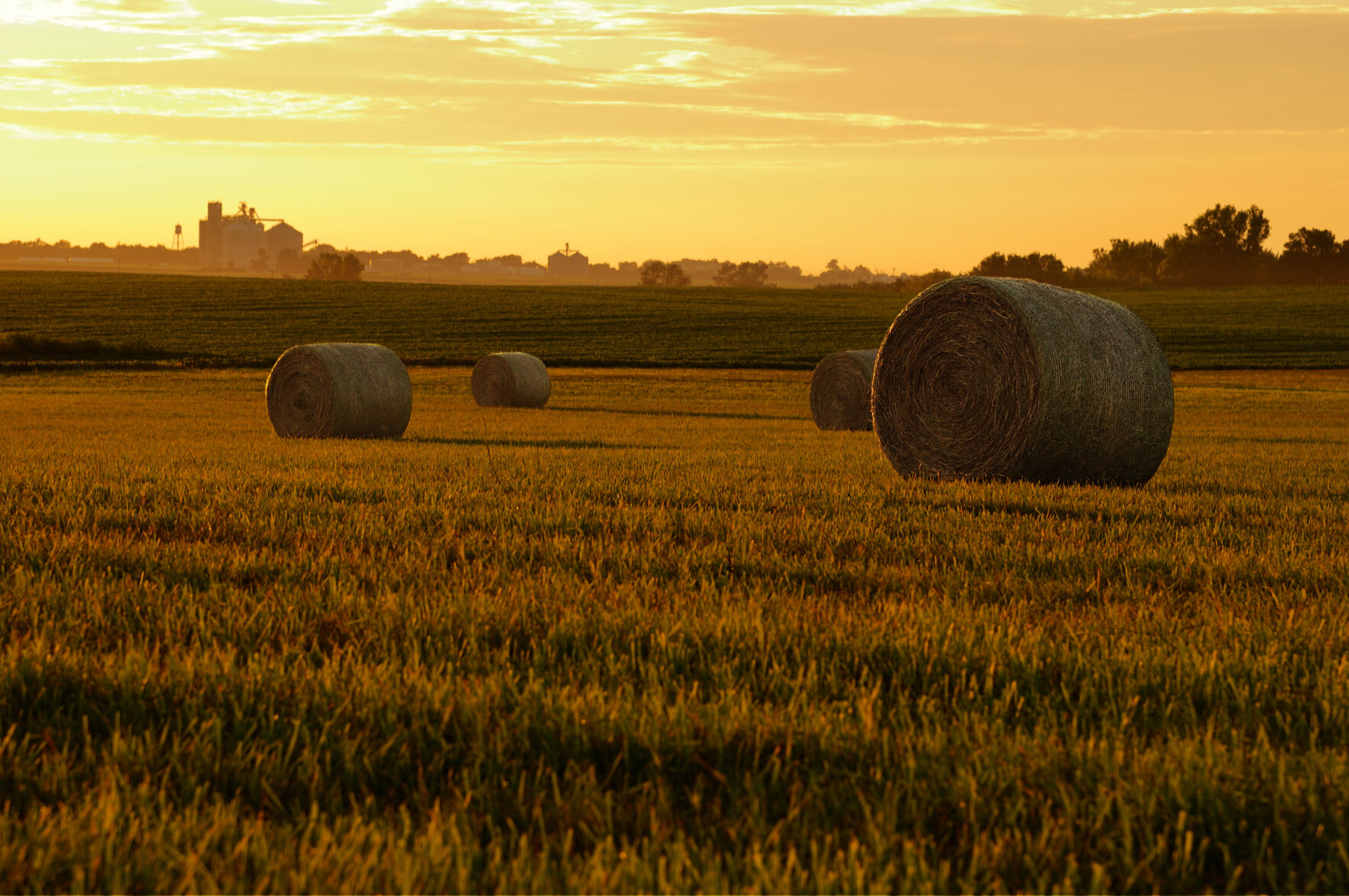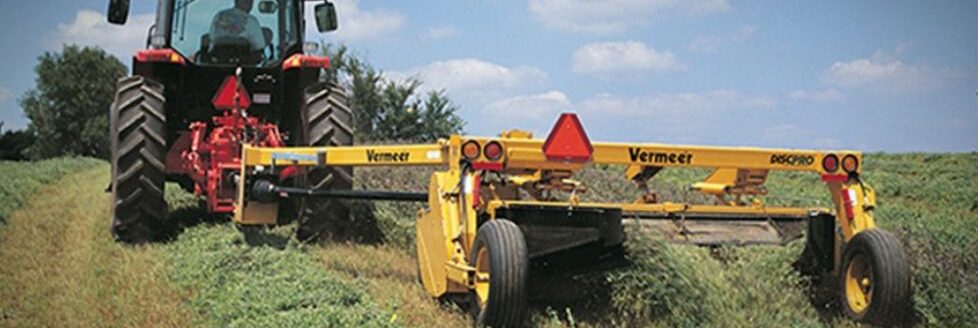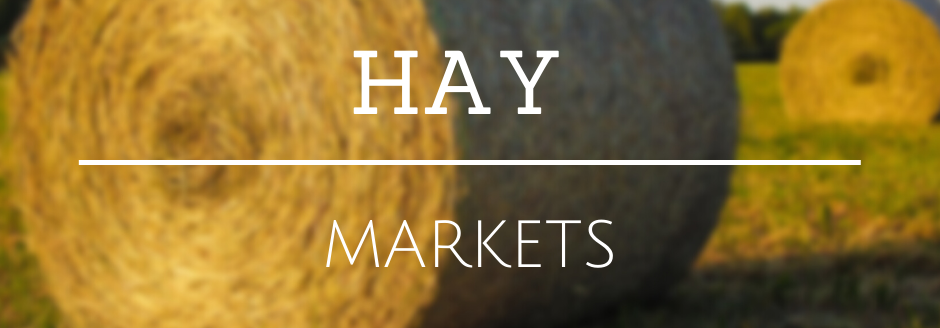For most of southern Missouri and Tim Schnakenberg, University of Missouri Extension field specialist, hay season is over. About the only thing left to be harvested is Johnsongrass and some corn silage.
“Unless we get some kind of a fall cutting, our hay crop is pretty much over,” he said.
Those fall cuttings could include sudangrass, millet, cereal rye, or triticale if fields can be planted by early September.
If they are planted by late August, “fall oats are a good option for a Nov. 1 harvest,” Schnakenberg said. “If we can get that crop up, get a little moisture, we might have some opportunity to get a last harvest.”
If a producer is willing to assume the risk, it can be done.
As with most agricultural pursuits a producer’s biggest risk usually involves Mother Nature.
Beware of rain gains
Some areas have recently received decent rainfall and even flooding has occurred. Schnakenberg warns about celebrating those moisture gains in pastures too soon. Prussic acid toxicity and nitrate poisoning are potential hazards when turning cattle out on pastures that have seen a rainfall.
“My understanding is prussic acid toxicity happens when (the grass) is short and it’s still lush but not growing fast,” he said. “We do worry about toxic plants in dry conditions.”
Schnakenberg said most people won’t have any trouble but testing those grasses through a local Extension office would be a sound safety measure.
Extension offers drought survival skills
Another sound measure would be to take advantage of the information local Extension offices have to offer. Schnakenberg said his office will continue holding drought meetings throughout the state.
“A 4-inch rain actually absorbs no more than an inch so a lot of that probably ran off,” he said. “So everything we’re going to talk about still applies.”
Extension uses these meetings to educate producers on hay quality issues, the price of stored forages, and alternative feeds.
“There may be some people feeding silage that aren’t used to it,” Schnakenberg said.
Cattle herd management during a drought is also part of the discussion.
Culling a herd may not be necessary, he said, if early weaning works for an operation.
Mizzou economists believe the nation’s cattle inventory will reach a major low in the near future, making the market potential look very positive.
While these meetings will offer some strategies, many producers are in survival mode.
“If there’s a way somebody has some feed to get through (fall), at least it might pay off to hang onto cows as long as they can,” Schnakenberg said.
The hay way
Many ranchers are just trying to survive the summer and get through winter.
“Some of them are feeding right now,” Schnakenberg said. “They feel like the hay crop was cut short this year, so they’re going to be short getting through the winter. They’re already worrying about that.”
This is where hay quality is a primary driver of profit and loss.
“Right now, I think people need to be testing their hay to have it analyzed to know what their needs are,” Schnakenberg said. To this end, he works closely with the Hay Show at the Ozark Empire Fair, Springfield, Missouri.
“I get involved because it’s a good way to help educate people about forage quality,” he said. Even during a dry year, the show saw 45 entries where in 2021 they had 31. Schnakenberg said an alfalfa orchard grass dry hay sample had a relative forage quality of 41, which is outstanding given the growing season weather conditions and drastically low rainfall.
“Overall,” he said, “I’d say legumes were down in quality, but the grasses were exceptionally up.” He also sees the Hay Show as an educational opportunity, adding “a little healthy competition is a good way to help teach.”
Foraging for a profit
As a certain breed of cattle may work better for some producers, feeding methods also depend on what works best for the producer. Some producers prefer to feed baled hay, some prefer silage and others prefer holding winter pastures for their cattle to graze.
Schnakenberg believes, if it works for an operation, that grazing pastures is the pathway to a profit.
He cites recent hay costs being in the neighborhood of $150 a ton. Figuring the cost of feeding hay and factoring in the usual feeding losses, he said, it can cost more than $3 per 1,200-pound lactating cow per day.
On the other hand, starting in December and grazing that same cow on rented fall pasture that has been treated with nitrogen would be closer to $1.30 per day.
“That’s even using high priced nitrogen fertilizer for stockpiling tall fescue,” Schnakenberg said.
“It’s a competitive advantage that folks in the Fescue Belt have with fescue as a primary feed source.”
Jennifer Theurer can be reached at 620-227-1858 or [email protected].




